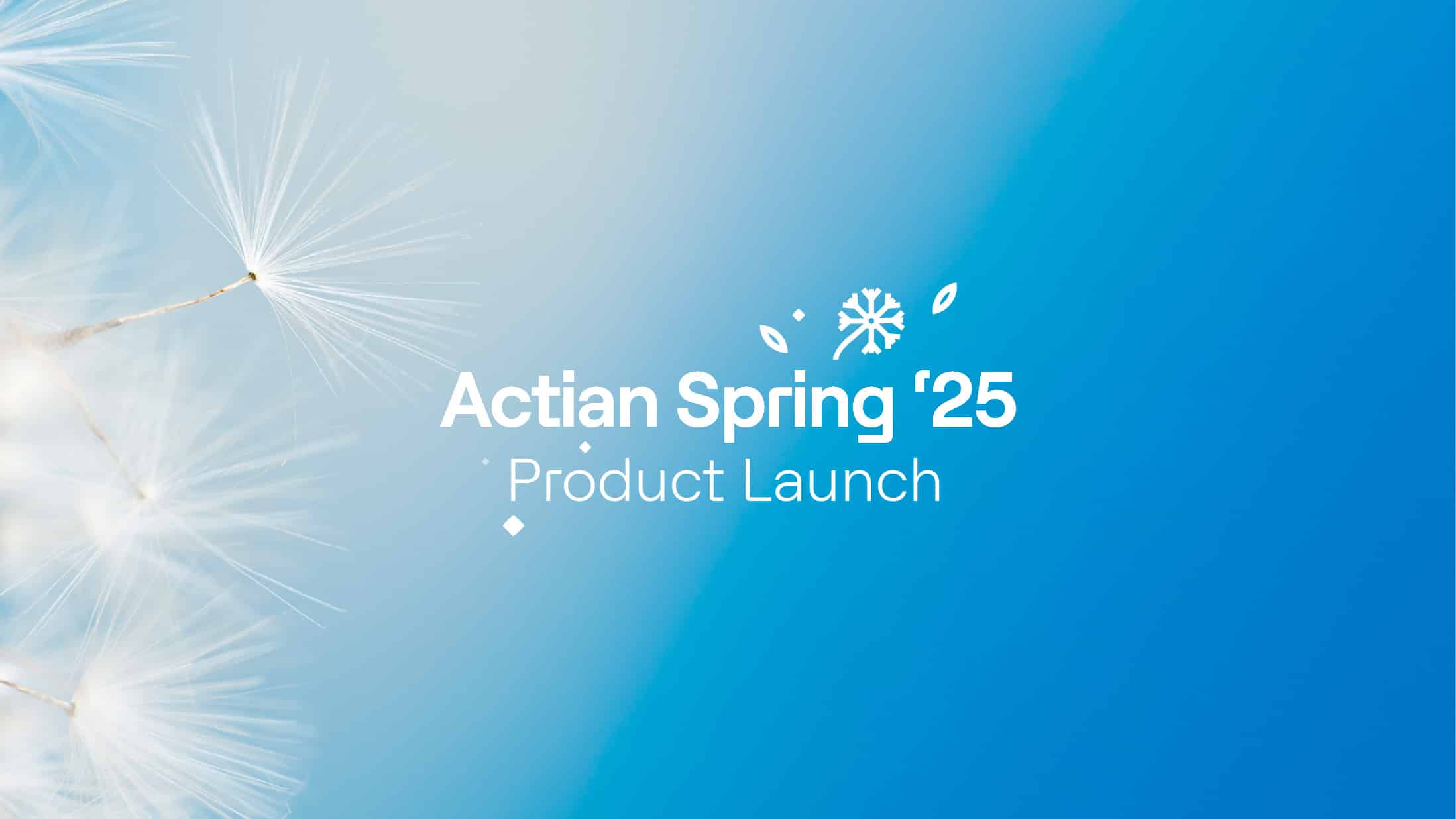SaaS Replication

Software-as-a-service (SaaS) replication allows organizations to replicate data in a hybrid cloud environment. The service connects to data sources and manages the movement of data to its destination. Data can be replicated on a one-time basis or as multiple synchronous copies.
Why is SaaS Replication Important?
Data needs to be replicated for many reasons, including creating backup copies, enabling high availability, and promoting data sharing.
Automation software helps a business manage replication without increasing the management costs related to setting up and monitoring data transfers.
SaaS solutions place the management of the replication software in the hands of the cloud solution provider. The customer simply subscribes to the service and uses the software in the cloud. Being cloud-based means you typically do not need a downloaded client user interface, so the software can be managed from a web browser and will have the connectivity to move data between clouds and on-premises. The cloud is already the default destination for storing business data.
Cloud providers use data centers in many locations, giving businesses a greater choice of geographical locations to place their data repositories, such as data lakes and data warehouses.
SaaS Replication Examples
Change Data Capture
Change Data Capture (CDC) solutions in the cloud connect to log files of (typically) database systems, monitor for any transactions that create or modify data, and then replicate any changes to target database systems. The advantage of this approach is that it has a very low-performance impact on the source database. CDC uses an asynchronous replication mechanism so the source database can proceed without waiting for a replica to be changed.
Transaction Replication
Many transaction processing systems journal any changes into relational database tables. Triggers can be created on tables of interest to notify the SaaS replication solution to replicate the change to secondary systems.
File System Replication
Changes to file systems can be replicated by creating a mirrored file system locally. A snapshot of the primary file system is taken periodically, which is transmitted to the remote copy. This approach is typically used for disaster recovery and high-availability applications.
Replications Schemes
SaaS replication software can be configured to support the following replication schemes:
Point-to-Point Replication
In this model, a single primary data source is replicated to a secondary source.
Cascading Replication
If multiple copies are required, the cascading model is used, and overheads must be kept minimal at the primary location. Data is replicated from the primary source to a secondary node, which is used as the master for other copies, creating a hierarchy.
Fan-In Replication Scheme
The Fan-In model is helpful for creating a consolidated data set. In this case, multiple distributed master copies of data are replicated to a single, centralized data set.
Fan-Out Replication Scheme
In the Fan-Out model, a central data set is replicated to multiple copies. This configuration is useful for a business headquarters that needs to share updated pricing with its subsidiaries or branches.
Hub-Based Replication Scheme
With a hub-based approach, the master node publishes changes to a log. Multiple parties can subscribe to that log, and when new data is posted to it, its subscribers are notified.
Bus-Based Replication Scheme
In this configuration, all the nodes are peers, so any of them can broadcast changes on the bus. The peer nodes get notified of changes and choose which data they want.
SaaS Replication Use Cases
Retail
Stores with a high product turnover can receive up-to-date pricing as the head office creates it. Retail outlets are ready for new products and promotions because they are put into production across the store network.
Financial Services
Replication can be used to share financial data, including commodity prices.
Insurance
Insurance exchanges share fraud risk data with each other using replication technology.
Benefits of SaaS Replication
The main benefits of cloud-based data replication include:
- Enabling higher data reliability.
- Increasing resilience of applications.
- Improving scalability by distributing workloads that can operate on distributed copies of data.
The Actian Data Platform Enables Pain-Free Data Replication
The Actian Data Platform provides a unified experience for ingesting, transforming, analyzing, and storing data. Actian has partnered with FiveTran to optimize its HVR software for data replication.
The Actian Data Platform includes data integration technology that offers multiple ways to connect and transfer data in point-to-point, hub-based, and bus-based approaches.




